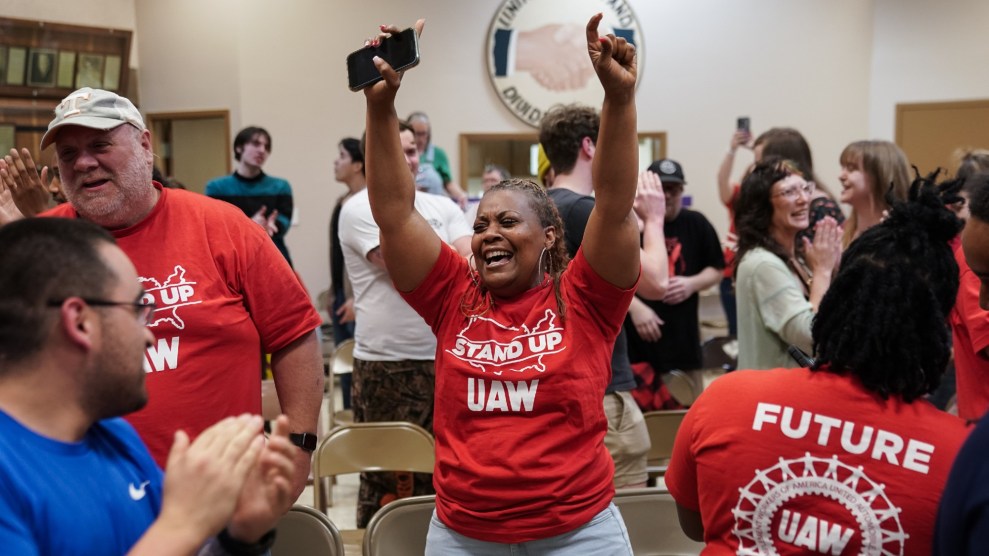When they were authorized by the government in 1934, credit unions offered a nonprofit alternative to banks and back-alley loan sharks. Today, according to the Credit Union National Association (CUNA), some 70 million customers seek refuge from the excessive charges of the $5.4 trillion banking industry at 12,047 credit unions nationwide. But, if the American Bankers Association (ABA) wins the “AT&T Case” — a lawsuit pitting the ABA against the National Credit Union Association (NCUA), which the U.S. Supreme Court recently announced it will hear this fall — one of every seven credit union members may be headed back to the loan sharks by 1998.
The battle dates back to 1982, when the NCUA authorized credit unions to enroll small businesses not linked to the credit unions’ parent companies for the first time — a move that prevented mass bankruptcy among credit unions. The ABA claims these enrollments violate the Federal Credit Union Act of 1934 (FCUA). And — perhaps more importantly — it’s costing banks customers.
“Credit unions were created to serve a niche,” says Virginia Stafford-McGuire, spokesperson for the ABA, “but now some of them want to look and act like banks.”
Because they charge fewer fees for services, credit unions have drawn business away from larger financial institutions. Now banks want it back, and they’re halfway there. Last October, U.S. District Justice Thomas Jackson, enforcing last July’s District Court decision against the credit unions, passed an injunction barring credit unions from enrolling new members outside their parent companies. In December, a partial stay was granted, allowing credit unions to enroll employees of already linked organizations.
The ABA ultimately wants to force the expulsion of any organizations added to credit unions since the NCUA’s expansion authorization. That translates to 10 million potential customers for banks to get their profit-oriented hands on. Additionally, credit unions say, the loss of member assets will make it difficult for them to provide services for members.
Even though they’re optimistic about the Supreme Court ruling, the credit unions are covering all their bases, and plan to introduce “The Credit Union Membership Access Act.” This amendment will negate the ABA’s lawsuit and allow credit unions to continue operating as they do today. According to Mark Wolf, the CUNA’s Vice President of Public Affairs, it’s important to act now.
“The Supreme Court’s decision to hear this case is making it harder to introduce legislation,” says Wolf. “Congressmen are pointing at the case and relying on it.”
If you would like to keep credit unions, as we know them, alive, act out:
- Contact CUNA to see how you can join the Credit Union Campaign for Consumer Choice.
- Contact your senators and representatives.
- Write your local bank and ask them to tell the ABA to back off.















